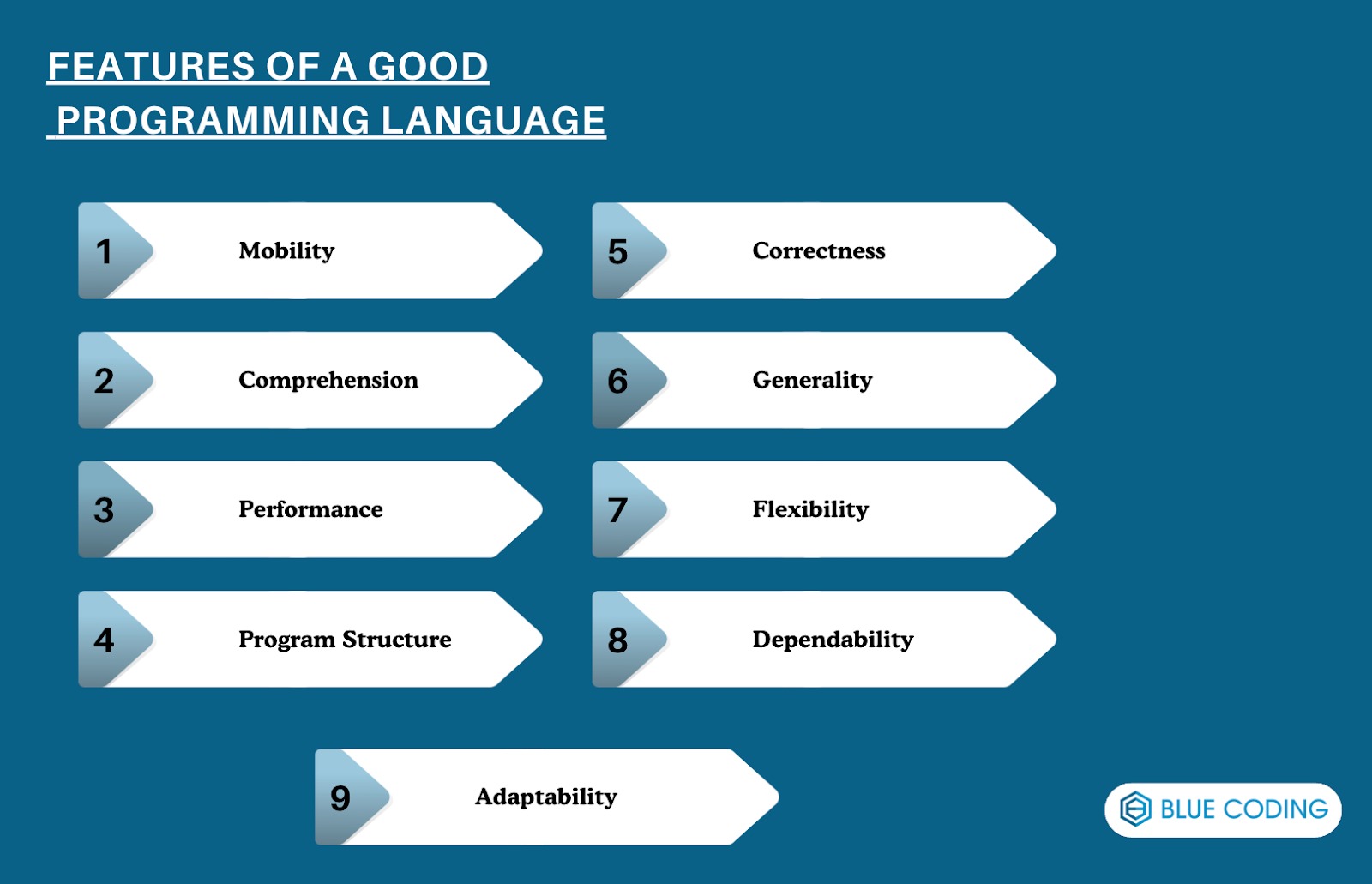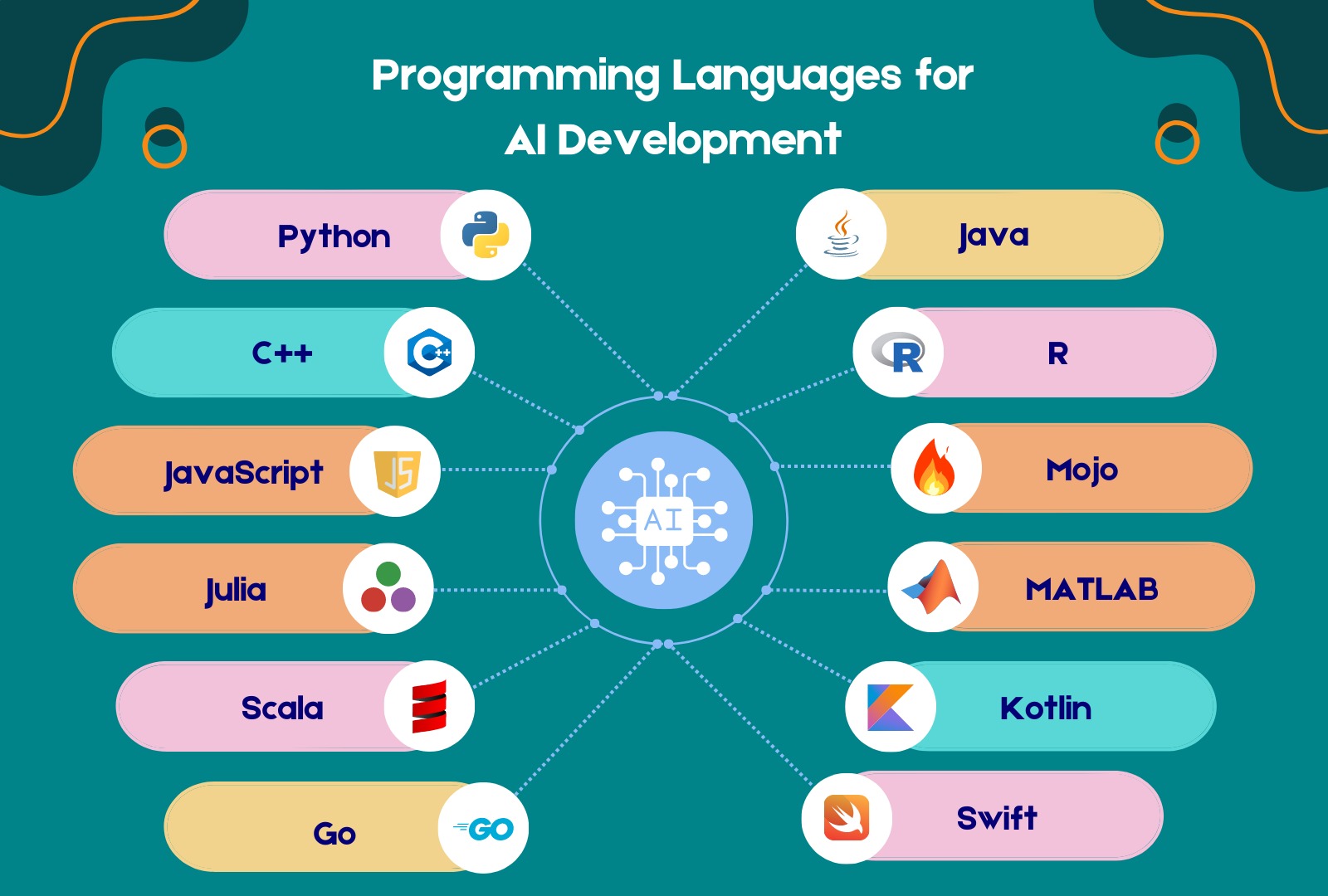 News
News
When starting a new software project, one of the most critical decisions you’ll face is choosing the right programming language. With so many languages available, knowing where to begin is not always easy as there are many programming languages differences as well. The programming language you choose can significantly influence the development process, project scalability, and even the success of the project. It’s essential to carefully assess your project’s unique needs before making this decision. Factors like the project’s scope, expected growth, and required features will guide your choice. In this guide, we’ll explore how to make the best decision by considering various factors that influence your choice.
Understand Your Project's Requirements

The first step in choosing from the many programming languages types is to fully understand the requirements of your project. What is the main objective? What problem are you trying to solve? The answers to these questions will guide you toward the best language.
Web Development:
For web development projects, you'll need to consider both front-end and back-end languages. Front-end development focuses on the parts of a website or web application that users directly interact with. JavaScript, HTML, and CSS are essential for building and styling these interactive elements. HTML creates the structure of the web pages, CSS handles their layout and design, while JavaScript adds dynamic functionality, such as buttons that respond to clicks or interactive forms. On the other hand, back-end development refers to the server-side operations that run behind the scenes. Here, languages like Python, Ruby, and PHP are commonly used. These languages have powerful frameworks, such as Django (Python), Ruby on Rails (Ruby), and Laravel (PHP), which can speed up the development process and provide essential tools for building web apps. If your project involves a complex web app, the right back-end language can help with things like handling data, connecting to databases, and managing server requests.
Data Science and Machine Learning:
When working with data science and machine learning, Python is the go-to programming language. It is widely used for analyzing data, building algorithms, and creating predictive models. Python has a vast range of libraries that simplify data manipulation and analysis, such as NumPy for numerical operations, Pandas for data processing, and TensorFlow for machine learning. These libraries make it easier to handle large datasets, perform statistical analysis, and train machine learning models. Another language to consider is R, which is tailored specifically for data analysis and statistical computing. R has many built-in functions and libraries for statistical operations, making it particularly useful for projects focused on data visualization and statistical analysis. Whether you’re analyzing data, building machine learning models, or working with big data, Python and R offer robust solutions for your project needs.
Mobile App Development:
Mobile app development requires selecting the right programming language based on the platform you’re targeting. If you're focusing on Android development, Kotlin and Java are the primary languages used. Kotlin is a modern, concise, and highly compatible language, making it the preferred choice for many developers. Java, on the other hand, has been the backbone of Android development for years, and many existing Android apps are still built with it. If you're developing an iOS app, Swift is the recommended language. Swift is user-friendly, fast, and optimized for the iOS environment, making it the best choice for building apps on Apple's devices. However, if you're looking to build an app that works on both Android and iOS without developing two separate codebases, cross-platform frameworks like React Native or Flutter can be a great option. These frameworks allow you to write the code once and deploy it across multiple platforms, saving time and resources. Whether you choose native development or cross-platform frameworks depends on your project’s requirements and goals.
Check Out This Interesting Programming Languages List - Specific for AI Development!
Consider the Performance Requirements
Different languages have varying levels of performance. If your project demands high performance, you may need to choose a language that allows for greater control over system resources.
Low-Level Languages:
For projects that demand high performance, low-level languages like C and C++ are often preferred. These languages allow developers to have fine-grained control over system resources, such as memory management and processor instructions. As a result, they are widely used for applications that need to run very efficiently, such as operating systems, embedded systems, or real-time processing systems. Low-level languages provide greater control, which can lead to faster execution times and reduced resource usage, making them ideal for situations where performance is a top priority.
High-Level Languages:
On the other hand, if your project doesn’t require such intense processing power, high-level languages might be a better choice. Languages like Python, Ruby, or JavaScript are designed to be easy to write and maintain. They come with built-in functions and frameworks that simplify development and allow developers to focus on creating features rather than managing low-level details. While these languages may not perform as fast as low-level languages in high-demand situations, they are well-suited for web development, automation, and applications where speed isn’t the most critical factor.
Look at Libraries and Frameworks
Programming languages don’t exist in a vacuum; they are part of a broader ecosystem. Many programming languages offer libraries and frameworks that make it easier to build specific types of projects. These frameworks are particularly useful because they offer pre-written code that speeds up the development process.
For Web Development:
Ruby on Rails (Ruby)
Django (Python)
Laravel (PHP)
Node.js (JavaScript)
For Data Science and Machine Learning:
Pandas, NumPy, and Scikit-learn (Python)
Caret (R)
TensorFlow (Python)
For Mobile Development:
React Native (JavaScript)
Flutter (Dart)
Swift (iOS)
Kotlin (Android)
Cost and Availability of Developers
When choosing a programming language for your project, the cost and availability of developers should be a top consideration. The language you pick can greatly influence how easily you can find qualified developers and how much they will cost. Here’s how to approach this aspect of the decision.
Availability of Developers:
Languages that are widely used across industries tend to have a large pool of developers available. This is an advantage, as it gives you more options when hiring and increases the chances of finding someone with the specific skills you need for your project. For example, JavaScript, Python, and Java are among the most commonly used languages, which means developers skilled in these languages are readily available.
In contrast, more specialized languages like Swift for iOS development or Go for backend services may have a smaller pool of developers. This could mean it’s harder to find qualified candidates and may require more time and effort to recruit the right talent. A larger developer community means there are more resources such as online courses, tutorials, and forums where developers can solve problems, which can lead to faster development cycles.
Cost of Hiring Developers:
The cost of hiring developers varies greatly depending on the language. Generally speaking, languages that are in high demand with a larger talent pool tend to have a wider range of developers available at varying rates, which helps keep costs competitive. For example, JavaScript and Python are in high demand, but because of the large number of developers skilled in these languages, it can be easier to find cost-effective options. These languages are used across web development, machine learning, and even automation, so there’s a broader market for developers, which can help you find developers who fit your budget.
On the other hand, Swift, being a language specifically designed for iOS app development, can often lead to higher costs. There are fewer developers skilled in Swift compared to languages like JavaScript or Python, so developers with Swift expertise can charge a premium for their skills. Outsourcing can also be a way to reduce costs. Many companies opt to hire developers from regions with lower labor costs, such as Eastern Europe, Latin America, or parts of Asia. By outsourcing your development work, you might be able to find developers with the required skills at a more affordable rate compared to hiring locally.
Hire Expert Programmers With Blue Coding
If you are overwhelmed by the choices of programming languages and if you are not able to decide how you can hire the best developers without putting your project at risk, then Blue Coding is here for you. We are a specialized nearshore outsourcing agency that connects its clients with only the best developers from all over Latin America. Our developers are highly skilled and make sure to complete your project on time while practicing extreme safety measures. We also prioritize customer satisfaction and so, you do not have to worry about any mishaps when you partner with us. To learn more about how we can help you, contact us and book your free discovery call with our expert!




